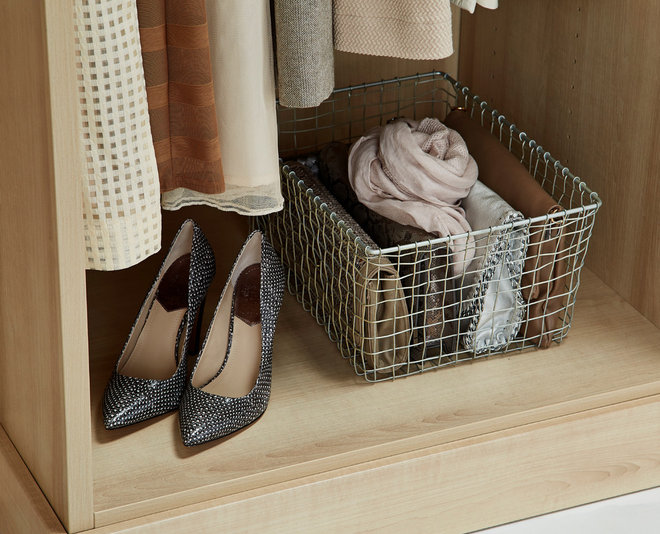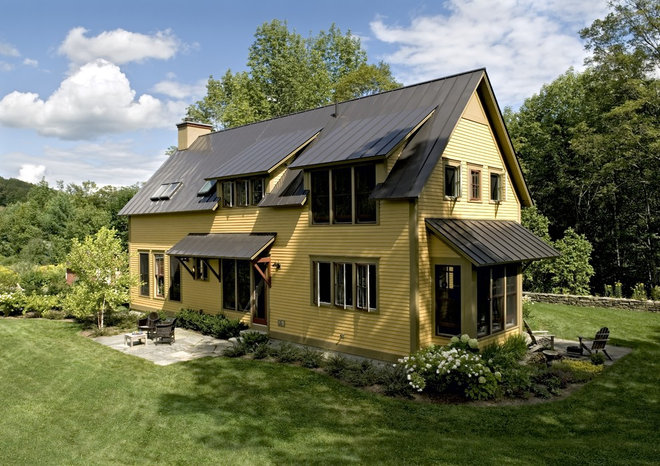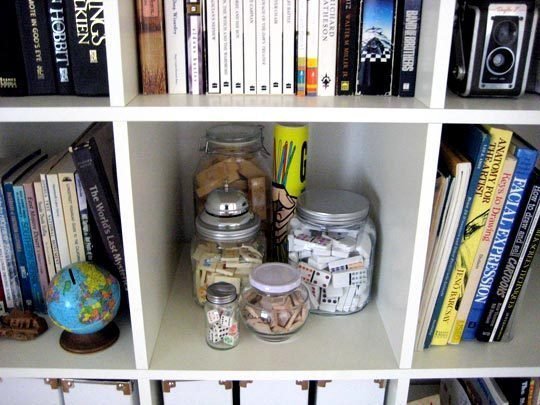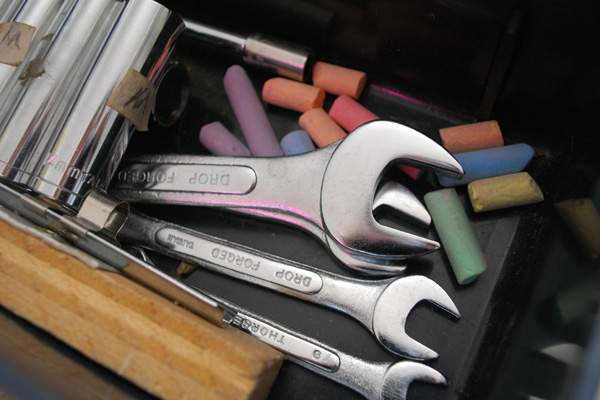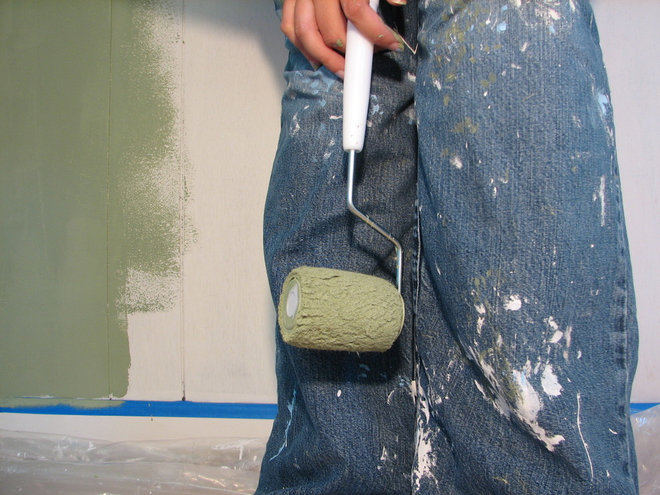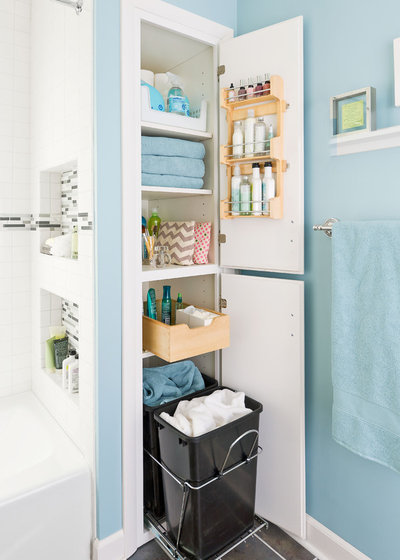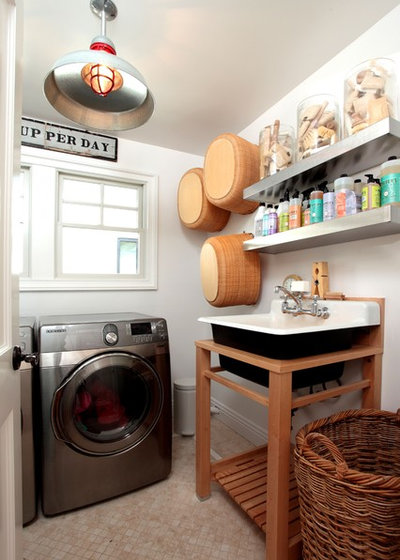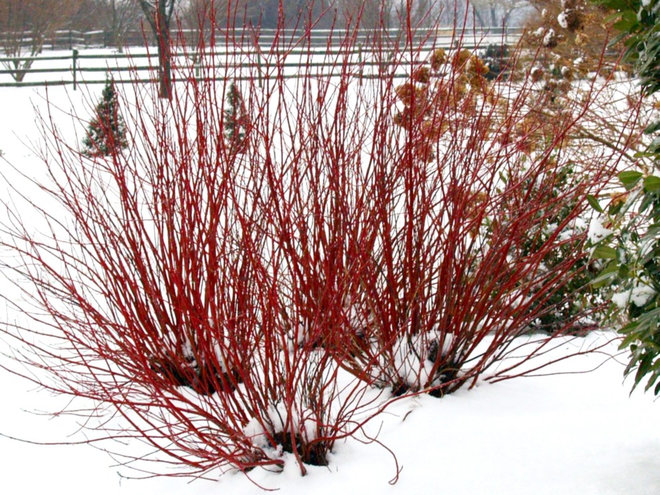“Do you know what you shouldn’t put in a Garbage Disposal? The list is longer than you might think.”
Denise Buck & Ed Johnson – DC Metro Realty Team

Got a garbage disposal or thinking about getting one? Then knowing garbage disposal dos and don’ts is important. They’ll not only help you avoid garbage disposal repairs in the future, but also extend the life of your appliance.
DO: Follow These Simple Tips to Help Unclog Your Disposal
Never pour bleach, drain cleaners or other chemicals into the garbage disposal as they are corrosive and can damage your pipes. Follow these simple tips to unclog your disposal, and if those don’t work, you may need to get it repaired. Thankfully, your American Home Shield® Home Warranty can help protect your budget.

DON’T: “Sharpen” the Blades with Ice or Eggshells
Garbage disposals do not have blades. They have impellers that are not sharp, but blunt. So, putting ice or egg shells down the disposal to sharpen the blades will not do any good. In fact, egg shells are not recommended for the garbage disposal as the membrane can get wrapped around the impellers and cause damage.

DO: Use Cold Water, Not Hot, When the Disposal is Running
While hot water does dissolve grease, it may actually do more harm than good and could actually push grease further into the pipes and create clogs. It could even cause your disposal to overheat. Cold water is better, as it helps grease to solidify and move more easily down the drain with the wastewater.

DON’T: Pour Grease or Food Scrap Down the Disposal
Never pour fats, oil or grease into your disposal or down your sink. Your disposal simply grinds items. Chasing it down with dish soap won’t always work either. Fats, oil and grease can congeal, stick to and build up in plumbing and clog the sewer. Food scraps are best thrown in the trash not in your disposal.

DO: Keep Using Your Trash Can
Although a garbage disposal is durable, it is not indestructible. Disposals are designed to grind down soft food particles, not hard food waste like bones, corn cobs, fruit pits, and un-popped popcorn kernels. A good rule of thumb is if you have a hard time chewing it, your disposal will probably have a hard time grinding it. If you’re not sure about an item, it’s better to throw it in the trash. Avoid dumping other foods like pasta or rice as they expand in water and could clog your drain. Also, avoid starchy or stringy vegetables like celery, rhubarb, asparagus, potato and banana peels and coffee grounds.
Originally published on American Home Shield



















